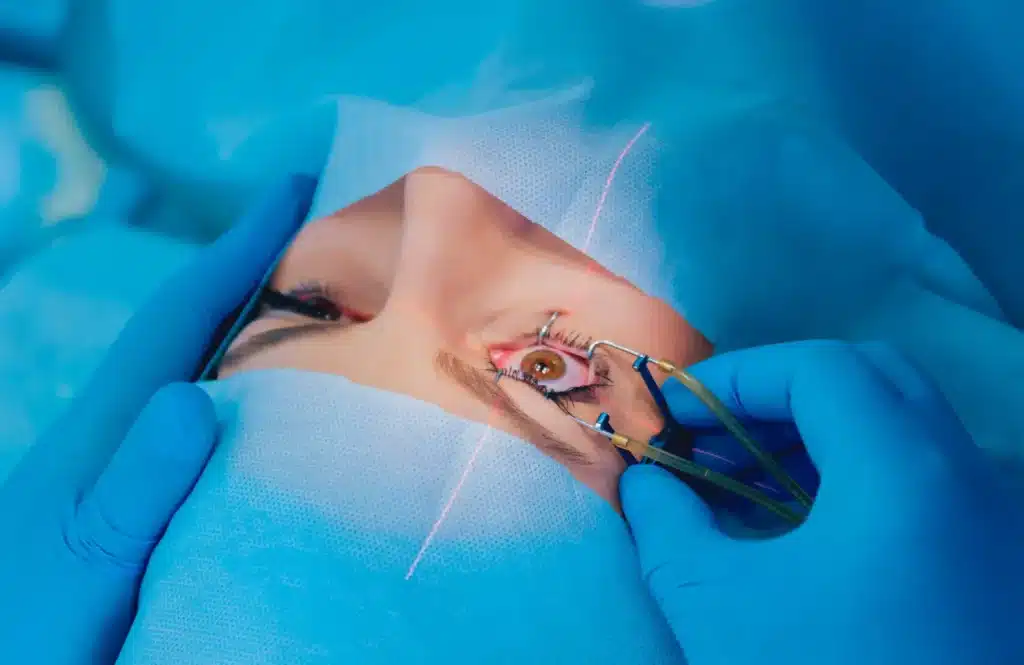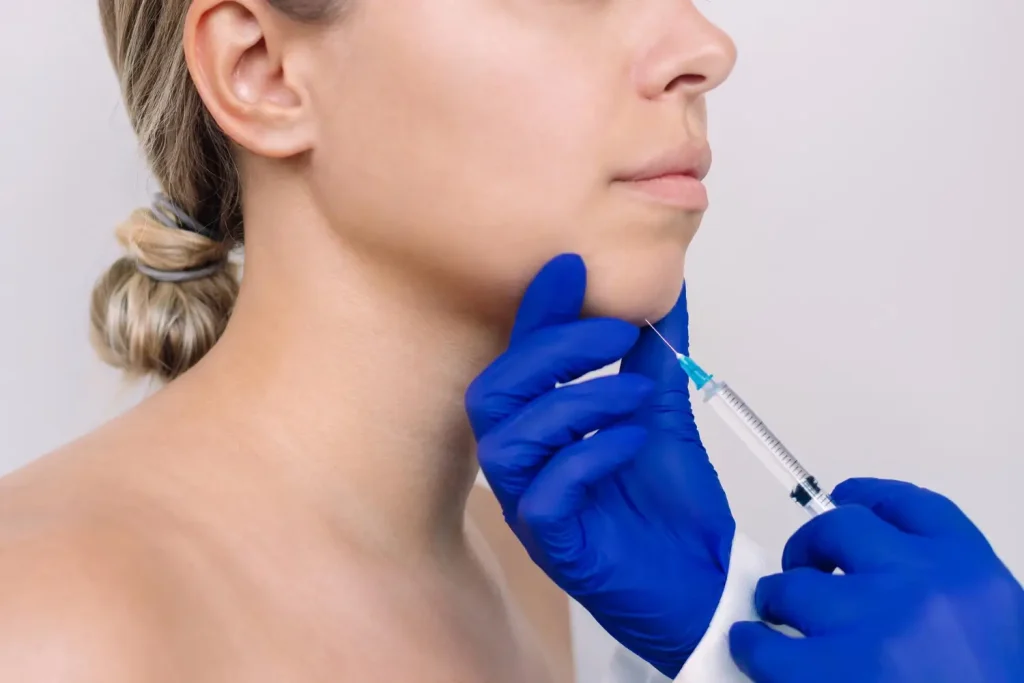Vision loss from retinal diseases like age-related macular degeneration (AMD) and diabetic macular edema (DME) affects over 2.2 billion people globally. Eylea (aflibercept), a breakthrough anti-VEGF therapy, has transformed treatment by targeting the abnormal blood vessel growth and fluid leakage that drive these conditions. Its ability to bind VEGF proteins not only halts disease progression but also offers sustained therapeutic effects with fewer injections compared to older therapies.
Understanding how long Eylea remains active in the body is critical for optimizing treatment schedules and maintaining vision outcomes. With a half-life of ~4 days in the eye and systemic clearance within 2–3 months, Eylea’s pharmacokinetics enable personalized dosing intervals tailored to individual patient needs.
In this article, we explore Eylea’s mechanism of action, duration of activity, and how its unique properties support effective, long-term management of retinal diseases.
Key Takeaways
- Eylea (aflibercept) blocks VEGF proteins to reduce abnormal blood vessel growth and fluid buildup in retinal diseases like AMD, DME, and RVO.
- Its intraocular half-life is approximately 5–7 days, but therapeutic effects often last several weeks, supporting 4- to 8-week dosing intervals.
- Systemic absorption is minimal, with peak bloodstream levels declining rapidly within 2 weeks, reducing the likelihood of widespread side effects.
- Factors such as age, ocular condition severity, and metabolism can influence how long Eylea remains active in the eye and body.
- Proper dosing, monitoring, and follow-up ensure safe and effective long-term treatment while minimizing the risk of the treatment’s side effects.
About: Medical Spa RX provides medical practices with premium products at the best prices. If you’re looking to buy Eylea online for your practice, the sales representatives at Medical Spa RX can give you guidance.
Pharmacokinetics of Intravitreal Aflibercept
Aflibercept, the active ingredient in Eylea, is a VEGF inhibitor designed to bind VEGF-A, VEGF-B, and placental growth factor (PlGF), effectively halting abnormal blood vessel formation and fluid leakage in the retina. After intravitreal injection, aflibercept reaches peak concentrations within hours and remains active for several weeks due to its slow breakdown in the eye.

Systemic absorption is minimal, making it a well-tolerated long-term therapy. This localized action allows flexible dosing intervals—often beginning with monthly injections, followed by every 8 weeks, depending on individual disease control.
Intraocular Half-Life and Clearance
Eylea’s intraocular half-life is approximately 5–7 days, meaning half the dose degrades within that window. However, due to its high affinity for VEGF, therapeutic effects extend well beyond the half-life, often lasting several weeks, supporting its common 4–8 week dosing schedule.
Drug clearance occurs via aqueous outflow pathways, and while clearance may vary slightly in eyes with advanced disease or fluid retention, the half-life remains stable. This predictable retention makes Eylea effective for age-related macular degeneration (AMD), diabetic macular edema (DME), and retinal vein occlusion (RVO).
Systemic Exposure and Elimination
Although Eylea is injected directly into the eye, small amounts can enter systemic circulation. Peak blood levels occur within 1–3 days, dropping rapidly by day 14. Aflibercept is cleared via normal protein metabolism, primarily through the liver and kidneys.
Because systemic exposure is low, Eylea side effects that impact other organs are rare. Nonetheless, healthcare professionals should monitor their patients with pre-existing cardiovascular or kidney conditions more closely. Its low systemic presence makes Eylea a safe and sustainable option for chronic retinal disease treatment.
Factors Influencing Drug Duration in the System
While Eylea has a predictable pharmacokinetic profile, certain factors may alter how long it remains effective:

- Age: Slower metabolism in older adults may slightly prolong drug clearance.
- Severity of Eye Disease: Advanced pathology can affect how the drug spreads and exits the eye.
- Metabolic Health: Systemic metabolism influences how quickly trace drug amounts are eliminated.
- Injection Accuracy: Proper technique ensures the medication reaches its target layers.
- Concurrent Medications: Some drugs may affect protein degradation or alter drug interactions.
- Frequency of Injections: Multiple doses over time could lead to very low cumulative systemic exposure, especially in sensitive patients.
Understanding these influences allows clinicians to customize Eylea treatment plans more precisely.
Implications for Dosing Intervals and Patient Monitoring
Eylea’s pharmacokinetics enable flexible dosing and effective disease control with fewer injections. Individualized monitoring and dosing schedules ensure patients receive maximum benefit with minimal risk:
- Initial Phase: Monthly loading doses provide immediate therapeutic levels.
- Maintenance Phase: Transition to every 8 weeks depending on disease response.
- Monitoring Protocols: Include visual acuity tests, OCT imaging, and review of patient-reported symptoms.
- Tailored Strategies: Especially important for those with systemic conditions or prior injection-related complications.
This adaptive approach balances efficacy, patient comfort, and reduced treatment burden.
Conclusion
Eylea remains therapeutically active in the eye for weeks, despite a half-life of just 5–7 days. Its minimal systemic absorption, localized action, and stable clearance make it well-suited for long-term use in managing complex retinal conditions. Factors like age, ocular health, and injection timing may influence duration, reinforcing the need for personalized treatment plans.
With proper scheduling and regular check-ins, Eylea continues to be a cornerstone therapy in preserving vision and enhancing quality of life for patients with retinal disease.
FAQs
1. What is Eylea used for?
Eylea treats wet age-related macular degeneration (wAMD), diabetic macular edema (DME), retinal vein occlusion (RVO), and other retinal disorders.
2. How is Eylea administered?
Eylea is given as an intravitreal injection directly into the eye by a trained retina specialist under sterile conditions.
3. How often do I need Eylea injections?
Initial treatment usually requires monthly injections, followed by maintenance dosing every 8 weeks depending on response.
4. Are there risks associated with Eylea?
Side effects may include eye pain, pressure changes, or rare complications like endophthalmitis or retinal detachment.
5. Can Eylea interact with other medications?
Systemic interaction is minimal, but always inform your doctor about any medications or conditions you have.
6. What happens when the Eylea patent expires?
With Eylea patent expiration, biosimilar options may become available, potentially offering more accessible treatment alternatives.
References
World Health Organization: WHO. Blindness and vision impairment. Published August 10, 2023. https://www.who.int/news-room/fact-sheets/detail/blindness-and-visual-impairment
Maugeri G, D’Agata V. Special Issue: Recent Advances in Pathogenesis and Management of Eye Diseases. Applied Sciences. 2024;14(21):9724-9724. doi:https://doi.org/10.3390/app14219724



















